A cast iron skillet is versatile and perfect for beginners. It excels in heat retention and can enhance flavors in cooking.
Cast Iron Skillet for Beginners:Cast iron skillets are a staple in many kitchens due to their durability and versatility. They can sear, sauté, bake, and even grill, making them ideal for various recipes. Unlike non-stick pans, they develop a natural non-stick surface over time with proper seasoning.
This seasoning not only improves cooking performance but also adds a unique flavor to dishes. Beginners may find the care routine intimidating, but with a few simple steps, maintaining a cast iron skillet becomes second nature. Understanding how to use and care for this cookware opens up endless culinary possibilities, making it a valuable addition to any kitchen.
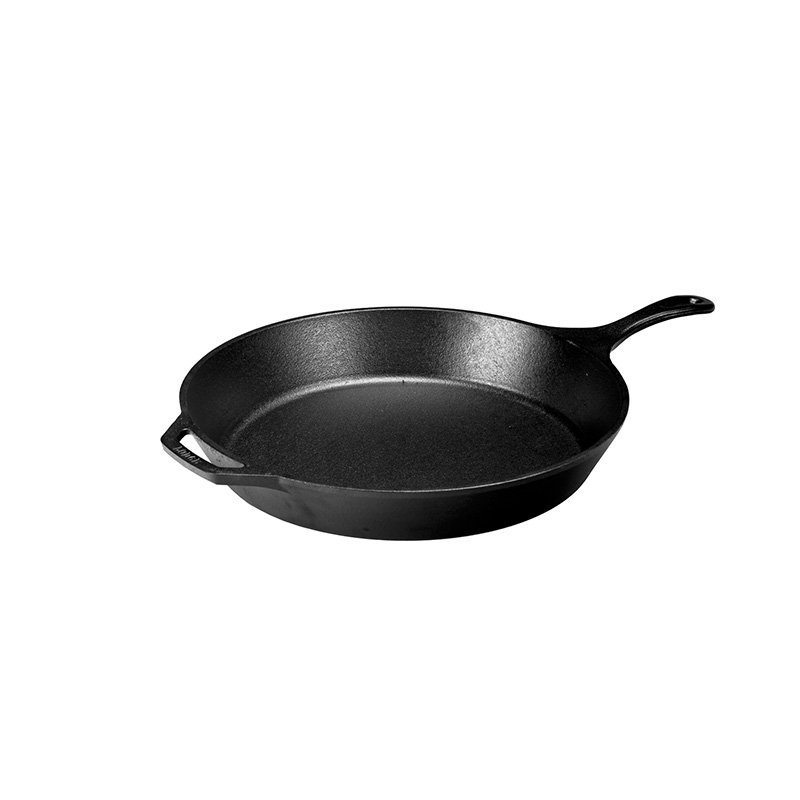
Credit: www.lodgecastiron.com
The Basics Of Cast Iron Skillets
Cast iron skillets are versatile kitchen tools. They can cook, bake, and sear. These skillets last a lifetime with proper care. Beginners can enjoy cooking with them easily. Understanding the basics is key to success.
Choosing Your First Cast Iron Skillet
Choosing the right skillet sets the stage for your cooking journey. Here are some factors to consider:
- Size: A 10-12 inch skillet is great for beginners.
- Weight: Heavier skillets retain heat well.
- Brand: Look for trusted brands like Lodge or Le Creuset.
- Pre-seasoned: Opt for pre-seasoned skillets for easy use.
Inspect the skillet before buying:
- Check for smoothness on the cooking surface.
- Look for cracks or rust.
- Ensure the handle is sturdy.
Seasoning Your Skillet For The First Time
Seasoning helps create a non-stick surface. Follow these simple steps:
- Clean the skillet with hot, soapy water.
- Dry it completely with a cloth.
- Apply a thin layer of vegetable oil.
- Place it upside down in an oven at 375°F (190°C).
- Bake for one hour, then turn off the oven.
- Let it cool before removing.
Seasoning adds a protective layer. Repeat this process regularly. This keeps your skillet in top shape.
Prepping Your Kitchen For Cast Iron Cooking
Getting ready for cast iron cooking is exciting. A few preparations can make a big difference. Proper tools and safety measures are essential for success. Let’s explore what you need to create a great cooking experience.
Essential Tools And Accessories
Gathering the right tools is key for using a cast iron skillet. Here’s a list of essential items:
- Cast Iron Skillet: Choose the right size for your needs.
- Heat-Resistant Gloves: Protect your hands from burns.
- Spatula: Use a wooden or silicone spatula.
- Cleaning Brush: Maintain your skillet’s surface.
- Drying Rack: Allow your skillet to air dry properly.
Consider these optional accessories:
- Skillet Protector: Prevent scratching when stacking.
- Seasoning Oil: Keep your skillet well-seasoned.
Safety Tips For Handling Cast Iron
Safety is important while cooking with cast iron. Follow these tips:
- Always use gloves: Protect your hands from heat.
- Keep handles dry: Wet handles can be slippery.
- Use a trivet: Place hot skillets on a heat-resistant surface.
- Be cautious with weight: Cast iron skillets are heavy.
- Store safely: Avoid stacking heavy items on top.
Being prepared makes cooking enjoyable. Enjoy your cast iron adventures!
Heat Management For Perfect Cooking
Mastering heat management is essential for cooking with a cast iron skillet. Proper heat control leads to evenly cooked meals. It enhances flavor and texture, creating a satisfying dish.
Understanding Heat Distribution
Heat distribution in a cast iron skillet is unique. The skillet retains heat well, ensuring even cooking. Here are some key points:
- Thick Base: The thick base holds heat effectively.
- Heat Retention: Cast iron stays hot longer than other materials.
- Even Cooking: Food cooks uniformly across the surface.
To utilize this heat distribution:
- Preheat the skillet before adding ingredients.
- Move food around for even exposure to heat.
- Adjust cooking times based on the food type.
Controlling Temperature On Different Heat Sources
Different heat sources require different temperature control. Here’s how to manage heat:
| Heat Source | Temperature Setting | Best Uses |
|---|---|---|
| Gas Stove | Medium to High | Searing meats and stir-frying vegetables |
| Electric Stove | Medium | Slow cooking and frying |
| Oven | 350°F to 450°F | Baking and roasting |
Remember to adjust heat gradually. This prevents food from burning or sticking. Test the skillet’s heat by sprinkling water on the surface. If it sizzles, the skillet is ready.
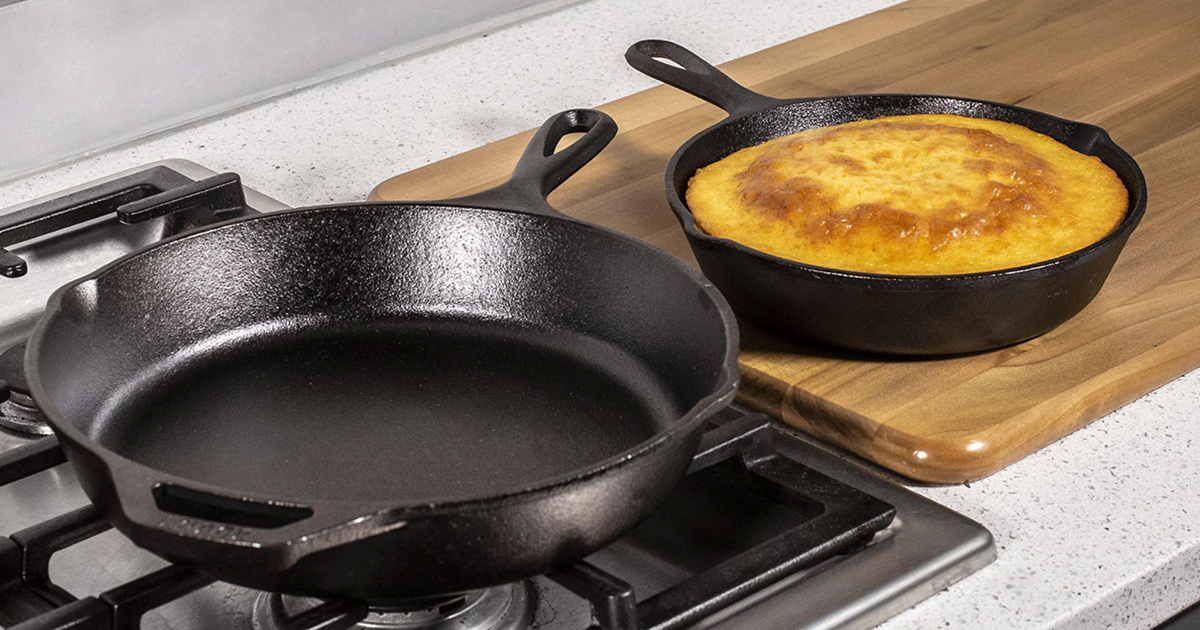
Credit: www.lodgecastiron.com
Culinary Techniques With Cast Iron
Cast iron skillets are versatile tools for every kitchen. They improve cooking skills and enhance flavors. Mastering a few techniques can elevate any dish. Start with the basics and explore endless possibilities.
Searing Meats To Perfection
Searing meat in a cast iron skillet creates a rich, brown crust. This technique locks in juices, enhancing flavor.
- Preheat the skillet over medium-high heat.
- Add a small amount of oil.
- Pat the meat dry with paper towels.
- Season with salt and pepper.
- Place the meat in the skillet without overcrowding.
Allow the meat to cook without moving it. This helps achieve that perfect sear. Flip the meat only once. Use a meat thermometer to check doneness. Rest the meat after cooking for the best results.
The Art Of Baking In Cast Iron
Baking in cast iron skillets offers unique textures. The skillet retains heat, ensuring even cooking.
- Preheat your oven with the skillet inside.
- Prepare your batter or dough.
- Carefully remove the hot skillet.
- Add a small amount of oil or butter.
- Pour in your batter or dough.
Return the skillet to the oven. Bake according to your recipe. The result is a crispy crust and soft interior.
| Benefits of Baking in Cast Iron | Description |
|---|---|
| Even Heat Distribution | Consistent cooking for perfect results. |
| Durability | Lasts for generations with proper care. |
| Versatility | Use for cornbread, cakes, and casseroles. |
With these techniques, cast iron skillets become essential kitchen companions. Explore various recipes to unlock their full potential.
Maintaining Your Cast Iron Skillet
Proper maintenance of your cast iron skillet ensures its longevity. A well-cared-for skillet improves cooking performance. Follow these tips to keep your skillet in top shape.
Cleaning Do’s And Don’ts
Cleaning your cast iron skillet requires special care. Here are some important do’s and don’ts:
| Do’s | Don’ts |
|---|---|
| Use hot water and a stiff brush. | Soak it in water for long periods. |
| Dry it immediately after washing. | Use soap or harsh detergents. |
| Apply a thin layer of oil after cleaning. | Let it air dry completely. |
| Store it in a dry place. | Stack other cookware on top of it. |
Storing Your Skillet To Prevent Rust
Storing your skillet properly prevents rust. Follow these steps to ensure safe storage:
- Make sure it is completely dry.
- Apply a light coat of vegetable oil.
- Place a paper towel inside to absorb moisture.
- Avoid stacking heavy items on top.
- Store in a cool, dry location.
By following these tips, you will enjoy cooking with your cast iron skillet for years.
Troubleshooting Common Cast Iron Issues
Owning a cast iron skillet is rewarding. Yet, issues can arise. Knowing how to troubleshoot can keep your skillet in top shape. Let’s explore two common problems: rust and damaged seasoning.
Dealing With Rust
Rust can appear on your cast iron skillet. This often happens if the skillet is not dried properly. Follow these steps to remove rust:
- Use steel wool to scrub the rusted area.
- Wash the skillet with warm soapy water.
- Rinse and dry it thoroughly.
- Apply a thin layer of vegetable oil.
- Heat it on low for about 10 minutes.
To prevent rust:
- Always dry the skillet immediately after washing.
- Store it in a dry place.
- Apply a light coat of oil after cleaning.
Restoring A Damaged Seasoning
Sometimes the seasoning on your skillet can become damaged. This can affect cooking performance. Here’s how to restore it:
- Scrub the damaged area with a sponge.
- Wash and dry the skillet thoroughly.
- Apply a thin layer of oil all over.
- Bake it upside down in the oven at 400°F (200°C) for 1 hour.
Repeat this process as needed. A well-seasoned skillet improves cooking results. Follow these steps to enjoy your cast iron skillet for years to come.
Hearty Meals To Get You Started
A cast iron skillet is perfect for creating delicious, hearty meals. These meals are easy and satisfying. They fill your stomach and warm your heart. Let’s explore some simple recipes to kick off your cooking journey.
One-pan Skillet Recipes
One-pan recipes save time and clean-up. You can cook everything in one skillet. Here are a few easy recipes to try:
- Chicken and Rice
- Brown chicken pieces.
- Add rice and broth.
- Simmer until cooked through.
- Vegetable Stir-Fry
- Heat oil in the skillet.
- Add your favorite vegetables.
- Stir until tender.
- Skillet Pizza
- Use a pizza dough base.
- Add sauce, cheese, and toppings.
- Bake until golden.
Traditional Dishes With A Cast Iron Twist
Cast iron skillets can enhance classic recipes. They provide even heat and a unique flavor. Try these traditional dishes with a twist:
| Dish | Cast Iron Twist |
|---|---|
| Macaroni and Cheese | Bake in the skillet for a crispy top. |
| Chili | Cook with added spices for a kick. |
| Cornbread | Use the skillet for a golden crust. |
These hearty meals make cooking fun. Enjoy the process and share with friends and family. Your cast iron skillet will become your best cooking buddy.

Credit: m.youtube.com
Advancing Your Cast Iron Skills
Mastering a cast iron skillet opens up a world of cooking. This versatile tool enhances flavors and improves your dishes. As you gain confidence, explore new techniques and recipes. Let’s dive into ways to advance your cast iron skills.
Experimenting With Global Cuisines
Global cuisines offer exciting flavors and techniques. Try these cuisines to expand your cast iron skills:
- Mexican: Make delicious fajitas or sizzling quesadillas.
- Italian: Cook a rich risotto or a crispy pizza.
- Indian: Create flavorful curries or naan bread.
- Chinese: Stir-fry vegetables or sear meats.
Each cuisine uses different spices and techniques. This experimentation sharpens your skills. Follow a recipe, then add your twist. Note your favorite flavors and ingredients.
Joining The Cast Iron Community For Tips And Tricks
Connecting with fellow cast iron enthusiasts is rewarding. Here are ways to join the community:
- Follow cast iron cooking blogs and YouTube channels.
- Join social media groups focused on cast iron cooking.
- Attend local cooking classes or workshops.
- Share your creations and ask for feedback.
Learn from others’ experiences. Share your tips and recipes. Engage in discussions about seasoning, cooking methods, and maintenance.
| Tip | Description |
|---|---|
| Seasoning | Regularly maintain your skillet’s non-stick surface. |
| Temperature Control | Preheat your skillet for even cooking. |
| Cleaning | Avoid soap. Use hot water and a stiff brush. |
With practice and community support, your skills will grow. Enjoy the journey of cooking with your cast iron skillet.
Frequently Asked Questions
How Do I Use My Cast Iron Skillet For The First Time?
To use your cast iron skillet for the first time, clean it with warm water and mild soap. Dry it thoroughly. Preheat the skillet on low heat. Apply a thin layer of cooking oil. Gradually increase the heat and start cooking.
Always season after use to maintain its quality.
What Is The Best First Cook On A Cast Iron Skillet?
The best first cook on a cast iron skillet is bacon. It provides seasoning and helps create a non-stick surface. Cook over medium heat until crispy. This method enhances the skillet’s flavor and prepares it for future recipes. Enjoy delicious bacon while caring for your cast iron!
What Is The Trick To Cooking With Cast Iron?
The trick to cooking with cast iron lies in proper seasoning. Always preheat the pan before adding ingredients. Use enough oil to prevent sticking. Clean it with minimal water and avoid soap. Regularly re-season to maintain its non-stick surface and prevent rust.
Enjoy even heat distribution for perfect cooking.
Do You Put Butter Or Oil In Cast Iron Skillet?
You can use either butter or oil in a cast iron skillet. Butter adds flavor, while oil has a higher smoke point. Choose based on your cooking needs. Both options help prevent sticking and enhance your dish’s taste. Always preheat your skillet for best results.
Conclusion
A cast iron skillet is a valuable tool for any kitchen. It offers versatility and durability, perfect for beginners. With proper care, it can last a lifetime. Start experimenting with simple recipes today. Embrace the joys of cooking with cast iron and elevate your culinary skills.
Happy cooking!

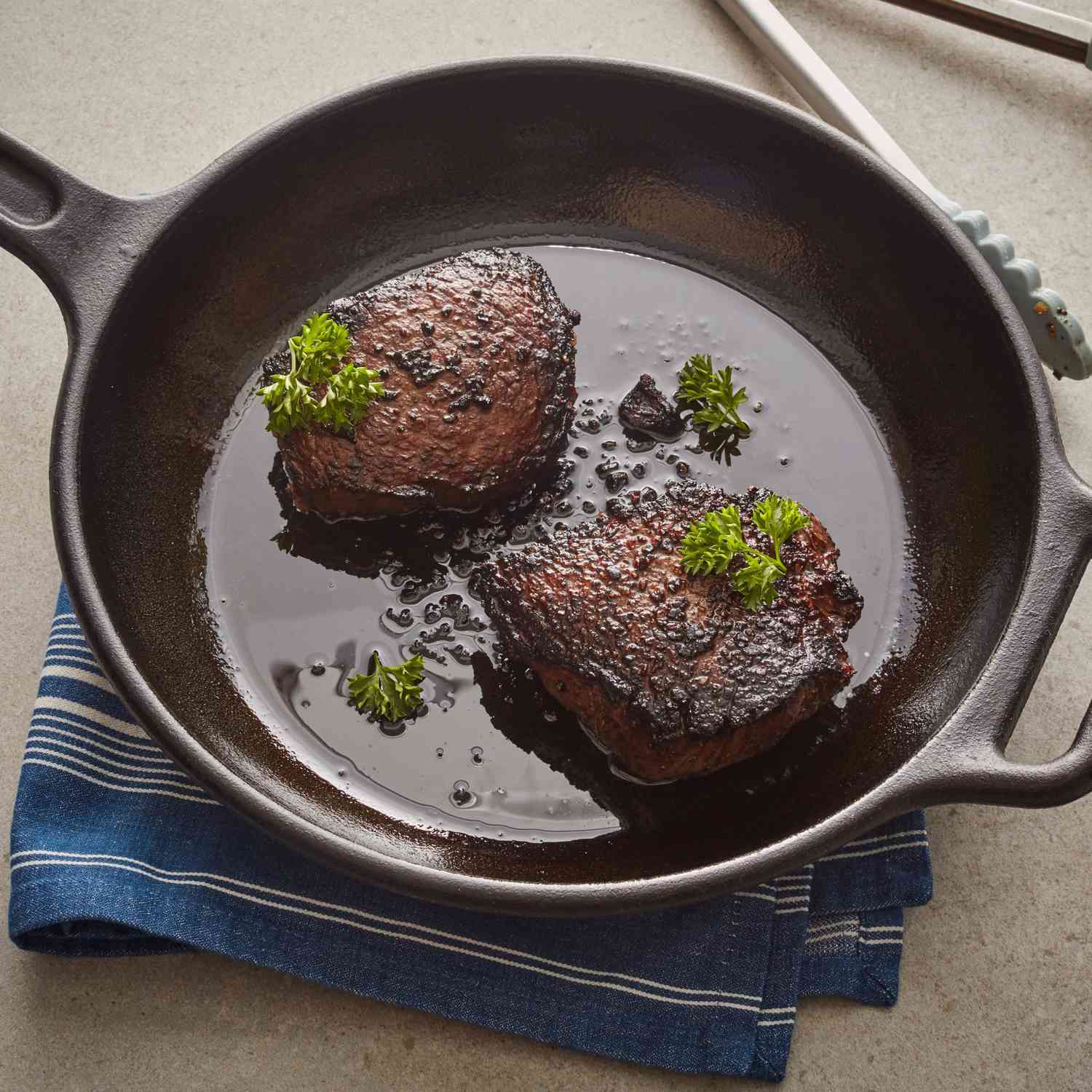
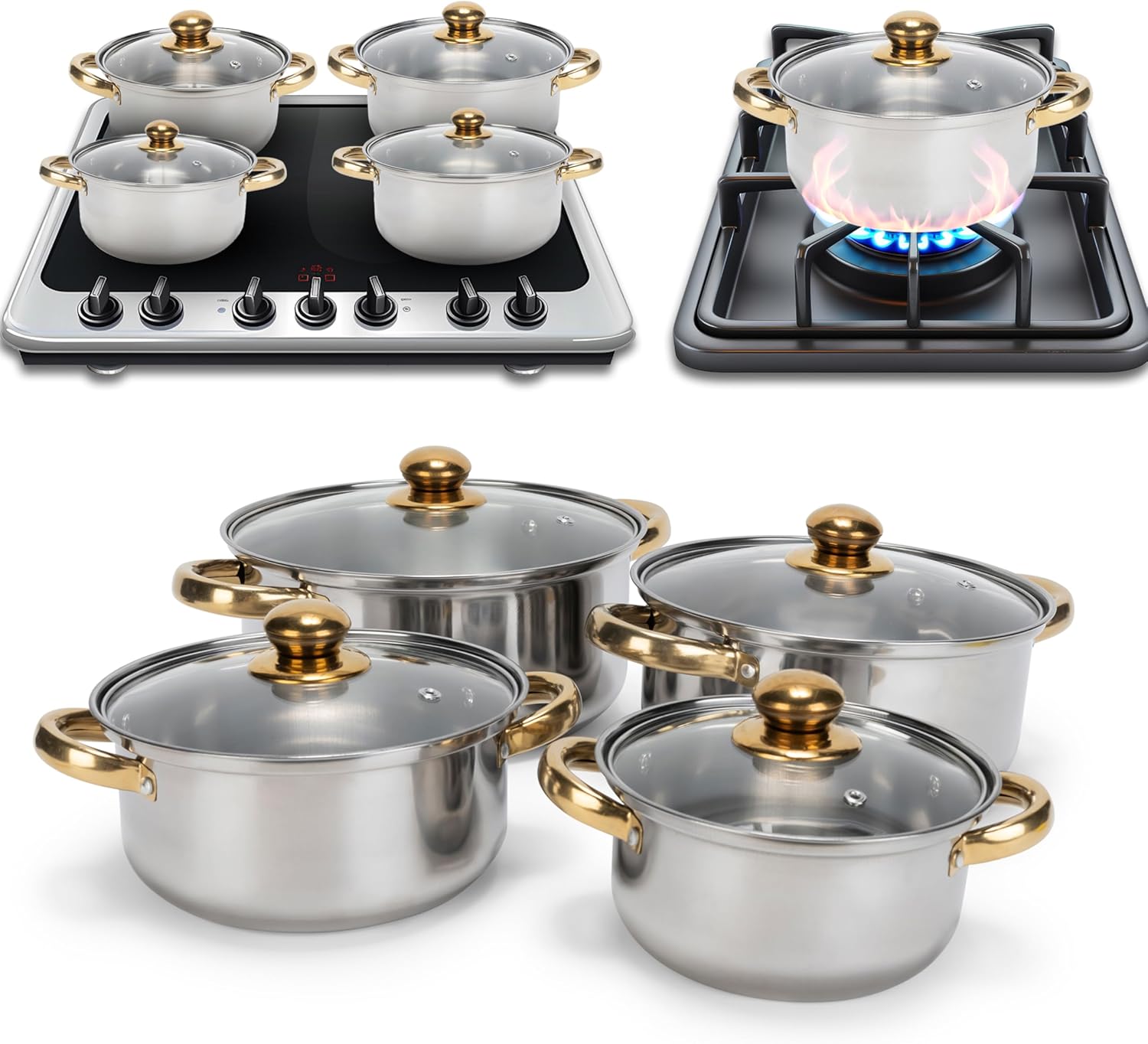

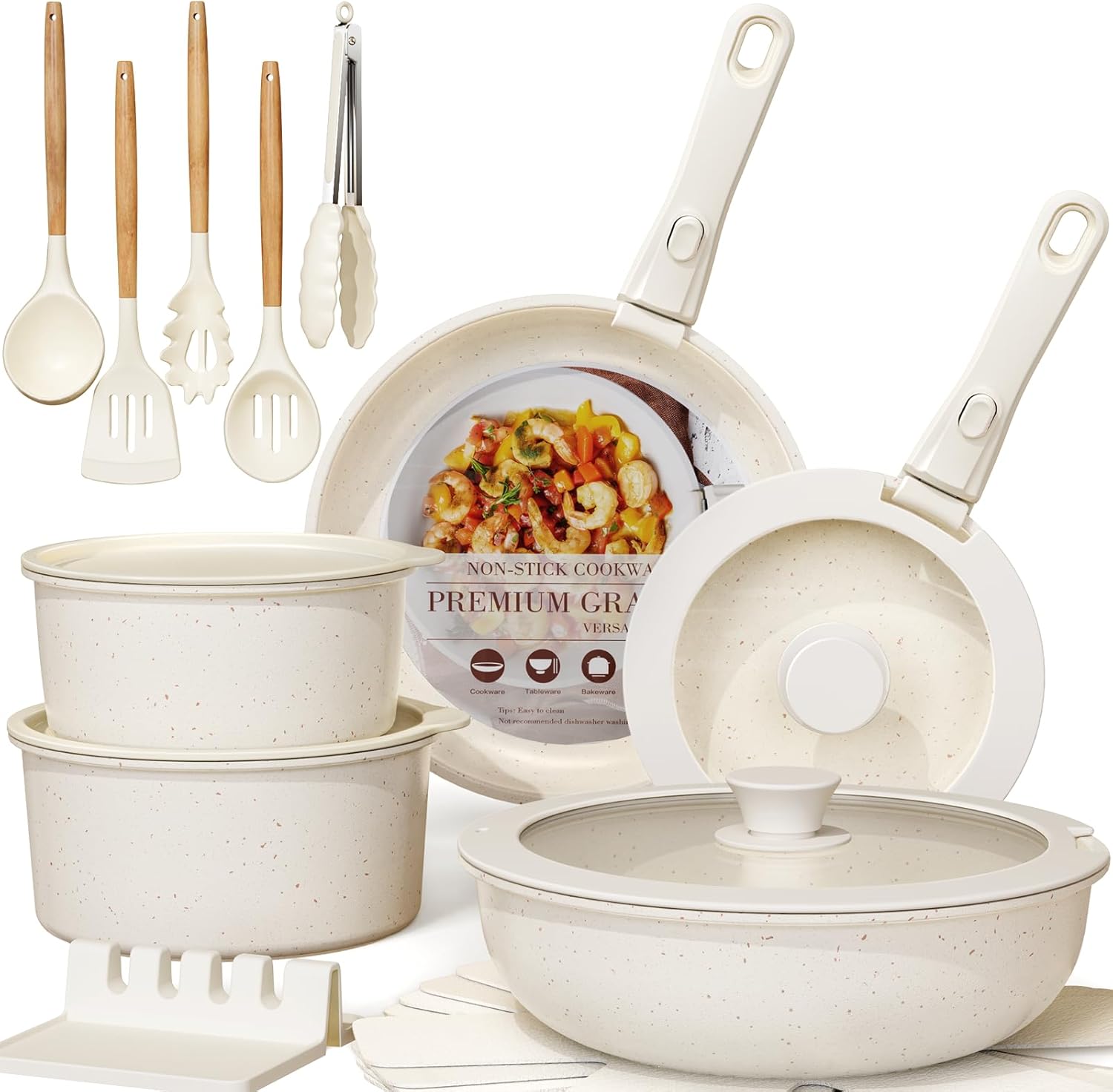
Leave a Reply